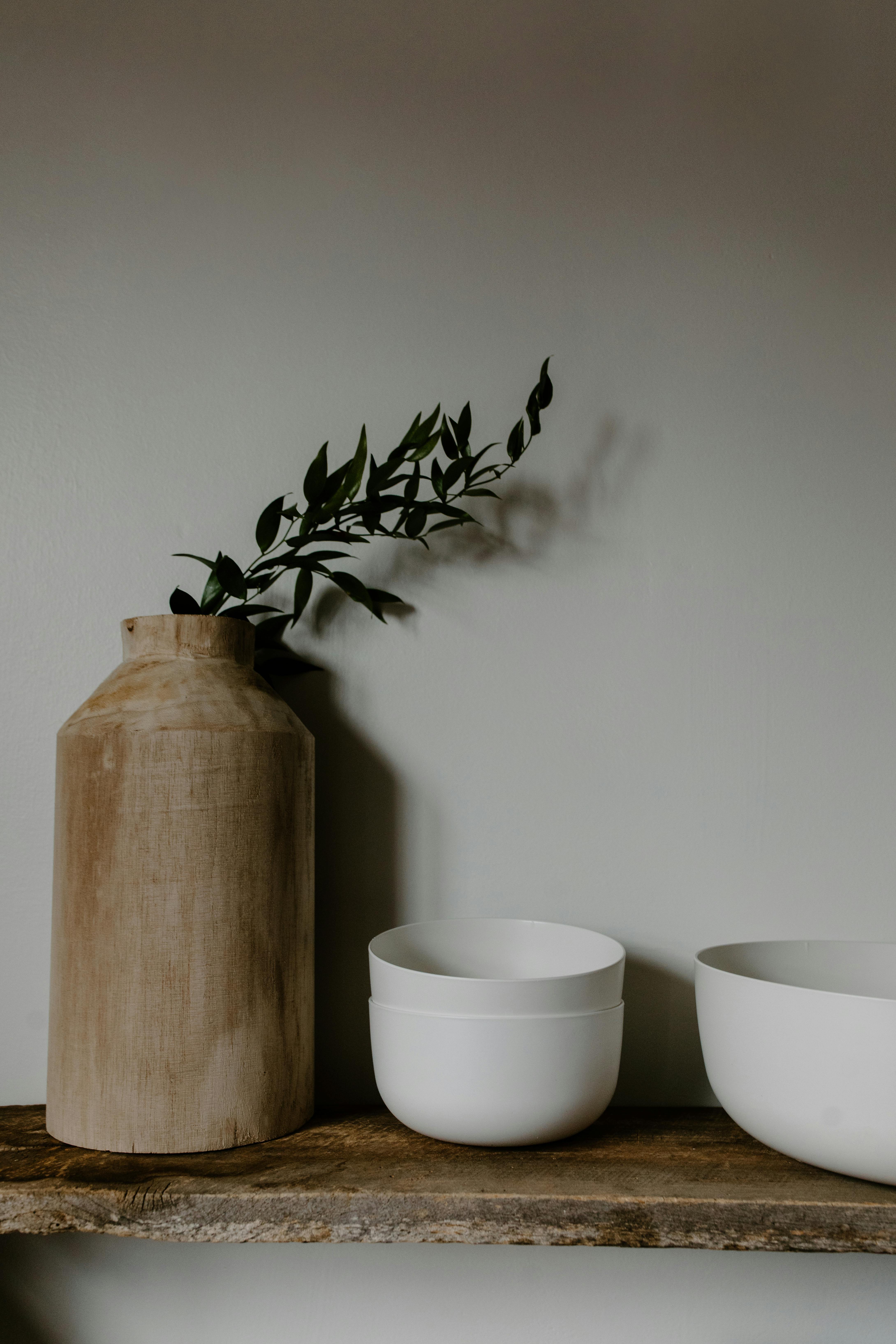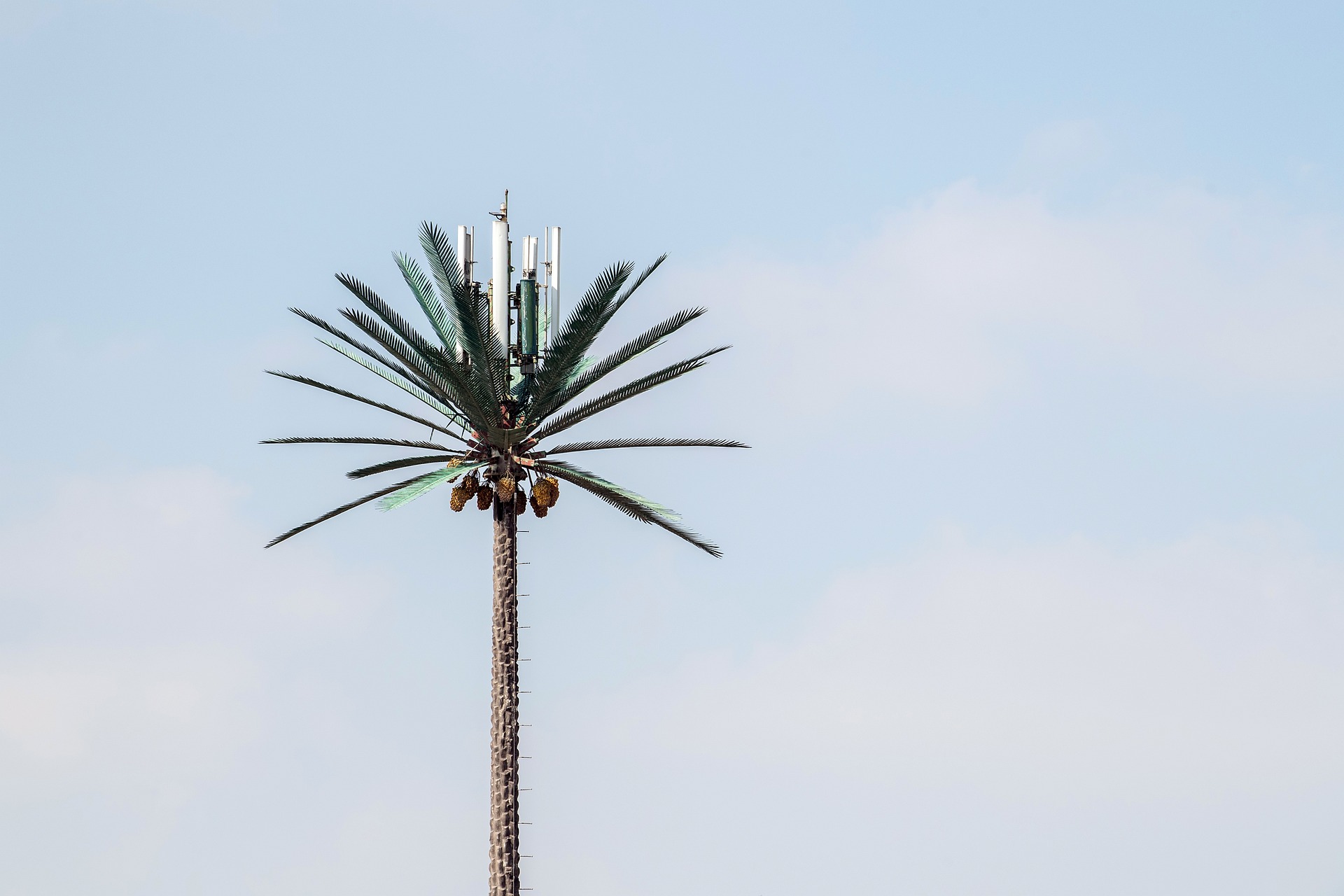Unearthed History: The Resurgence of Wabi-Sabi in Modern Home and Garden Design
Introduction: Often, what's old becomes new again. A testament to this is the reemergence of Wabi-Sabi, an ancient Japanese philosophy and aesthetic, in contemporary home and garden design. Its appreciation for the imperfect and transient nature of life is an intriguing contrast to the sleek, flawless styles often associated with modern design. Let's delve into the roots of this trend and explore how it’s shaping current home and garden aesthetics.

The Roots of Wabi-Sabi
Wabi-Sabi originated from the Zen Buddhism principles of imperfection, impermanence, and incompleteness. In the 14th century, Japanese tea masters started adopting it as a way to appreciate the natural beauty of the tea ceremony’s utensils and surroundings. Each chipped bowl, uneven surface, or weathered wooden utensil had a story to tell. Over time, this philosophy seeped into various aspects of Japanese life and culture, including interior design and gardening.
Wabi-Sabi in Modern Design
Fast forward to today, Wabi-Sabi is making a comeback, offering a breath of fresh air to the often sterile and ‘perfect’ modern designs. It champions authenticity, embracing natural materials with all their flaws and imperfections. Worn-out furniture, cracked pottery, faded rugs, and asymmetrical elements are all part of the Wabi-Sabi charm. This trend also values sustainability, repurposing old or damaged items instead of discarding them.
Infusing Wabi-Sabi into Homes
The beauty of Wabi-Sabi is in its simplicity and the calm it brings to a space. Incorporating it into your home can be as simple as choosing furniture made from natural materials, displaying cracked ceramics, or choosing linen over synthetic materials for your curtains. Remember, the aim is not to create a picture-perfect space, but to appreciate the beauty of each item’s life journey.
Wabi-Sabi’s Influence on Gardening
In gardens, Wabi-Sabi can be seen in the appreciation of nature’s cycles. Rather than manicured lawns and perfectly pruned bushes, a Wabi-Sabi garden embraces wild growth, weathered garden furniture, and the changing seasons. It’s about letting nature take its course and finding beauty in its spontaneity.
The Future of Wabi-Sabi
Given the current focus on mindfulness and sustainability, Wabi-Sabi’s future looks promising. As more people seek authenticity in their lives and homes, the appeal of this humble, down-to-earth aesthetic is likely to grow. It serves as a gentle reminder that there’s beauty in imperfection and that nothing lasts forever.
In conclusion, Wabi-Sabi offers a refreshing shift from the polished, flawless aesthetic of modern design. Its emphasis on authenticity, imperfection, and the beauty of natural processes resonates with today’s mindful and eco-conscious audience. As we continue to navigate our ever-evolving world, the comforting embrace of Wabi-Sabi is a welcome respite, grounding us in the beauty and reality of the here and now.





